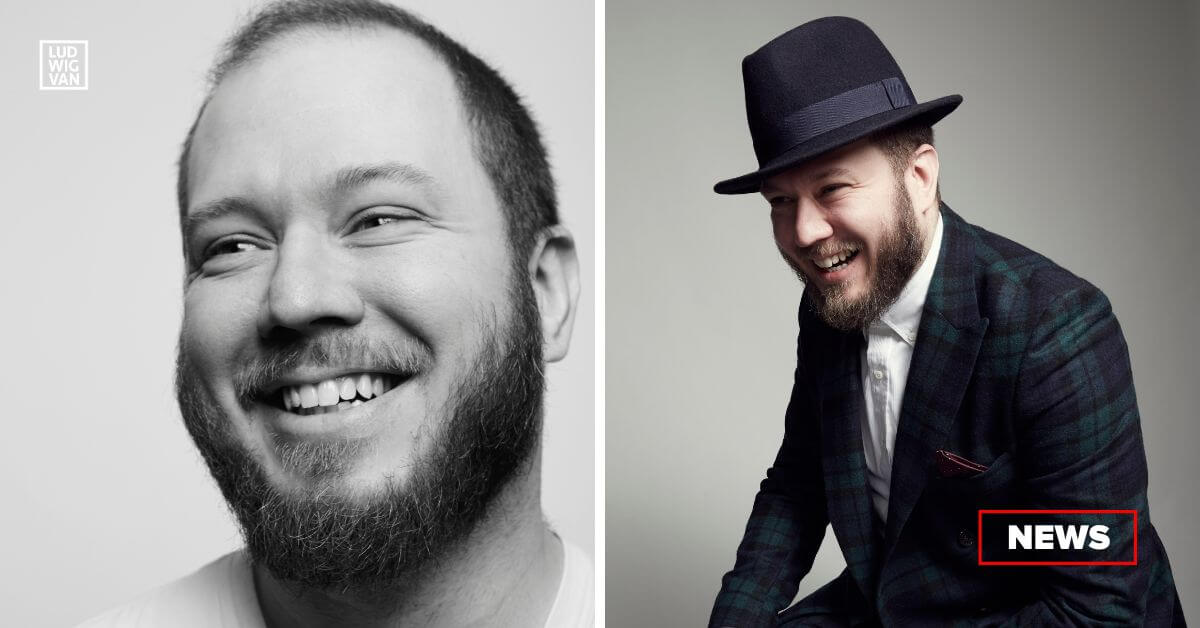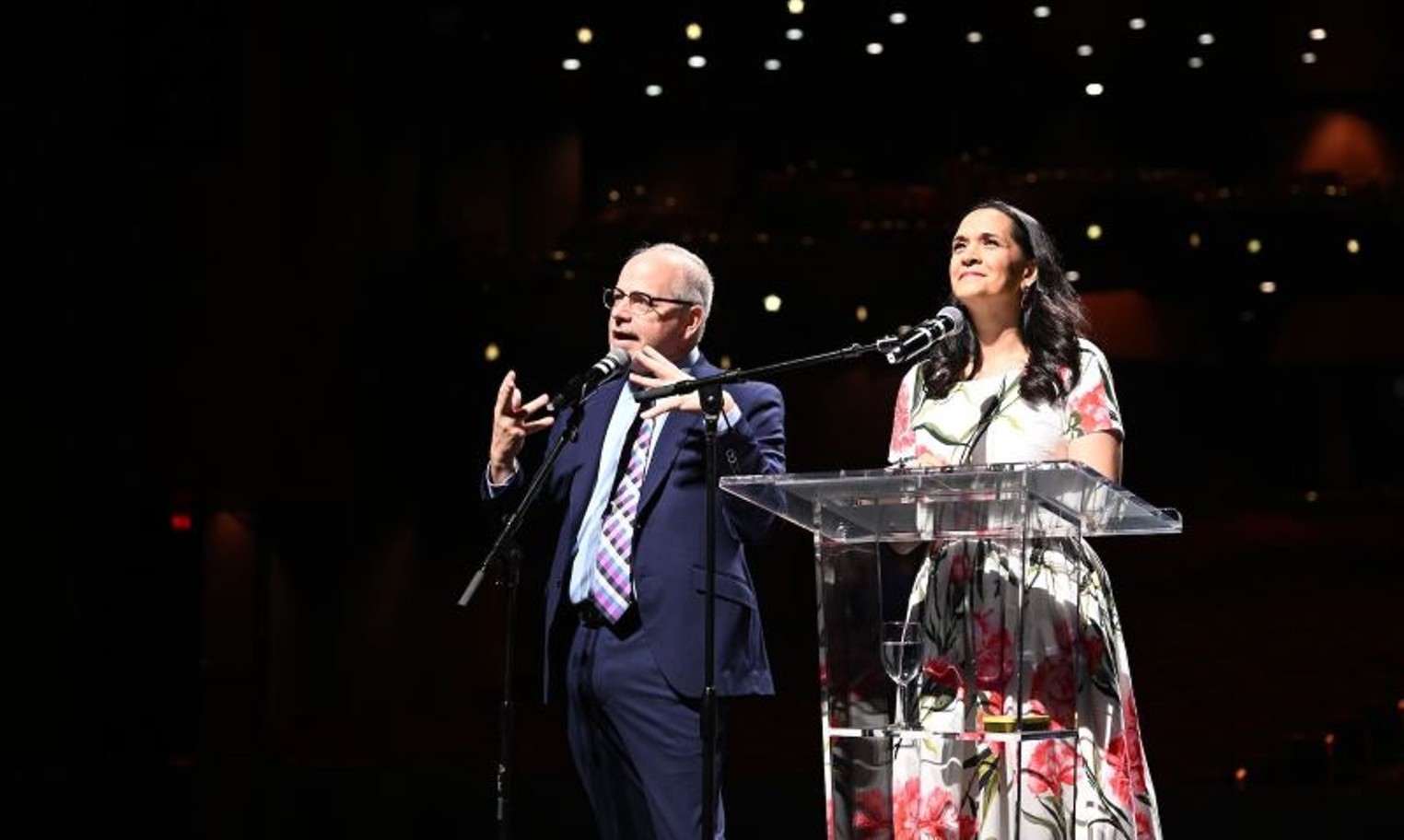‘It romanticised my night!’ The R&B slow jam events making Black British clubbers swoon | R&B
[ad_1]
It’s just past 5pm in West Silvertown, a random-feeling stop on the DLR line in east London’s docklands. It’s not the sexiest time or location, but as my friend and I step inside a nightclub, The Cause, a crowd is singing along to Joe’s outrageously horny 1996 hit All The Things (Your Man Won’t Do). The DJ smoothly transitions into SZA’s Snooze, and the energy in the room shifts – phones shoot up in the air as everyone prepares to belt out the chorus: “I can’t looooose, when I’m with yooooou!”
This is SlowJamsWithA, part of a growing craze where club nights focus not on uptempo pop, house, techno or rap, but instead on slow, sensual R&B that’s usually confined to headphones, or indeed the bedroom. It might seem paradoxical in a club setting, but it’s proving to be a profound and emotional format in Black British nightlife.
For many Black people, mainstream venues in areas such as central London’s Mayfair or Soho have long been exclusionary, with subtly discriminatory or even outright racist door policies. R&B and slow jam events are, by contrast, welcoming and generally Black-run, and feature music that deeply resonates with Black audiences – there are no worries about arbitrary dress codes or being unfairly judged. “It’s just good vibes all around,” says one attender at The Cause as she queues up for food. “You can sing along to all your favourite tracks, and no one’s acting stoosh [stuck up].”
SlowJamsWithA have hosted parties across London and cultivated a devoted, cross-generational following drawn to – at the event I attend – a blend of old-school R&B tracks from artists such as SWV alongside more recent talent from the US and UK, such as Odeal, JayO, Summer Walker, and Giveon.
Their first party was back in 2021, after the success of the Slow Jams with AAA show on No Signal Radio during the pandemic. “We were curious to see if there was an appetite for an actual event,” says one of the founders, Ty Hinds – and sure enough, that opening event was so overwhelmingly well attended, it ended up getting shut down by security.
Now scaled up at The Cause, the DJ makes an announcement that gets a few laughs: “I don’t want to see anyone crying in the club!” R&B slow jams are centred around heartbreak as often as lust – but, equally aware of the latter, the DJ makes a point of reminding everyone to be respectful and honour women’s boundaries.
While I notice a few men approaching women and mingling – and some of the SlowJamsWithA marketing leans into that romantic vibe – that isn’t the dominant mood of the event. Tasha, who has been a longtime listener of the radio show, says it’s more somewhere for friends: “Me and my girls always sing our hearts out.”
R&B & Slow Jams is a similar venture. Created in 2022 by DJ Chuckie Online and podcaster Tazer Black, it lacks a home base but puts on events across the UK, Ireland, Germany and Dubai.
And then there’s London-based Room 187, named after Your Love Is a 187 by Whitehead Bros, which was originally launched as a room in online community Clubhouse in 2021 before hosting its debut event in August of that year. Iconic British R&B artists such as Lemar and Big Brovaz have performed at Room 187, along with American singer Jon B, known for his hit song They Don’t Know, a staple on slow jams playlists. “We wanted to create a space where people could enjoy their favourite tracks and sing along, but not necessarily in a typical party atmosphere,” co-founder Benjamin Bennett explains. “Which is why we introduced the gameshow element.”
I head along to Room 187’s third-anniversary event at Islington Assembly Hall in north London. It is a markedly different experience to SlowJamsWithA: as well as having a gameshow format, it’s strictly R&B and hip-hop from before 2008.
I’m handed a karaoke card with a QR code on arrival, which unlocks a playlist of timeless R&B classics. The temptation is there, but I haven’t had quite enough liquid courage to get up and sing. As I make my way to the bar for a rum punch, DJ Kopeman plays Ja Rule and Ashanti’s iconic Always on Time followed by other nostalgic R&B anthems. Then the host introduces the two teams for the games: UK R&B singer Shae Universe leads one, content creator Leoni Joyce the other.
They have to guess the names of songs that have been chopped and changed, and the entire audience get involved, sighing in disbelief when the contestants can’t guess the song – all part of a joyful, playful atmosphere. The teams then compete in karaoke battles with themes, with audience members also taking part; the host prompts them to pick a song by an artist with braids, and the crowd roar in approval as one team breaks into Mario’s Just a Friend 2002, nailing both the theme and the vibe.
“It’s nostalgic of my journey with music growing up,” says Leoca, who is there celebrating a friend’s birthday. “Hearing music I haven’t heard in years romanticised my night and brought back fond memories. It’s always a great night when you can sing your heart out and dance with your babes.”
These parties have struck a deep chord with many in the Black British community, tapping into the nostalgia for when the genre soundtracked our childhoods. More than just a night out, it’s a return to music that shaped us – and done on our own terms. “These spaces are so important for our community,” Ty Hinds says, “a place where we can feel safe, relax, and enjoy the music we love.”
[ad_2]
Source link



